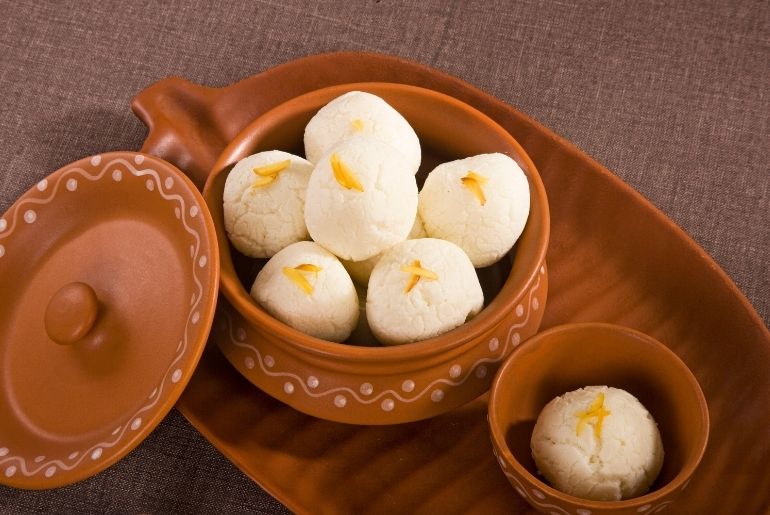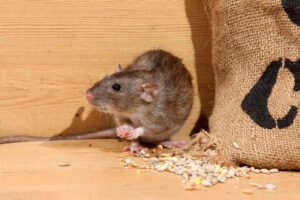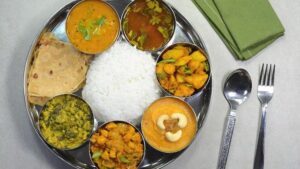Consumers Stay Alert: FSSAI buries 1,500 kg of Adulterated Rasgullas in Jhansi; Tips to Identify Fake Rasgullas

Consumers Stay Alert: FSSAI buries 1,500 kg of Adulterated Rasgullas in Jhansi; Tips to Identify Fake Rasgullas
Food safety officials destroy sweets laced with starch; here’s how to identify fake rasgullas before you buy.
A major food safety operation in Jhansi has led to the seizure and destruction of nearly 1,500 kilograms of adulterated rasgullas and other sweets, following tests that revealed the presence of starch and harmful additives. The raid, conducted by the Uttar Pradesh Food Safety and Standards Authority of India (FSSAI), uncovered that several sweet shops were selling contaminated products including khoya and milk cakes.
Officials confirmed that the seized sweets were unfit for consumption and could cause serious health risks if eaten. “These adulterated items were being prepared and sold ahead of the festive season. Our team destroyed all contaminated sweets on-site,” a senior FSSAI officer said.
Experts warn that starch-laced sweets not only reduce nutritional quality but also pose long-term health hazards. Excess starch can cause rapid spikes in blood sugar, especially harmful for diabetics. Regular consumption can also trigger digestive problems such as bloating, nausea, and constipation.
With rising concerns over food adulteration, especially during festive seasons, FSSAI has urged consumers to stay alert and follow simple checks before buying sweets.
Here are four smart tips to spot fake or adulterated rasgullas:
1. Check the texture:
A genuine rasgulla should be soft, spongy, and slightly springy to the touch. If it feels rubbery, chewy, or unusually firm, it may have been made with synthetic agents or excess starch.
2. Observe the colour:
Authentic rasgullas are pure white with a gentle sheen. A yellowish, dull, or overly bright appearance may indicate the use of chemicals or food dyes.
3. Inspect the syrup:
Real rasgullas are soaked in clear, sweet syrup that smells fresh. Avoid those with syrup that looks sticky, cloudy, or has an odd odour, as this could indicate poor-quality ingredients or spoilage.
4. Verify FSSAI certification:
Always buy from shops displaying a valid FSSAI license number and logo. This ensures the establishment follows official hygiene and preparation standards. For packaged sweets, check the expiry date and batch details before purchasing.
The FSSAI has intensified inspections across Uttar Pradesh and other states ahead of the festive rush, warning shop owners against adulteration and improper storage. Consumers are encouraged to report suspected food adulteration through the FSSAI Food Safety Connect app or helpline.
Disclaimer: This report is for informational purposes only. Consumers are advised to rely on certified sources and official advisories from FSSAI before making food safety decisions.












